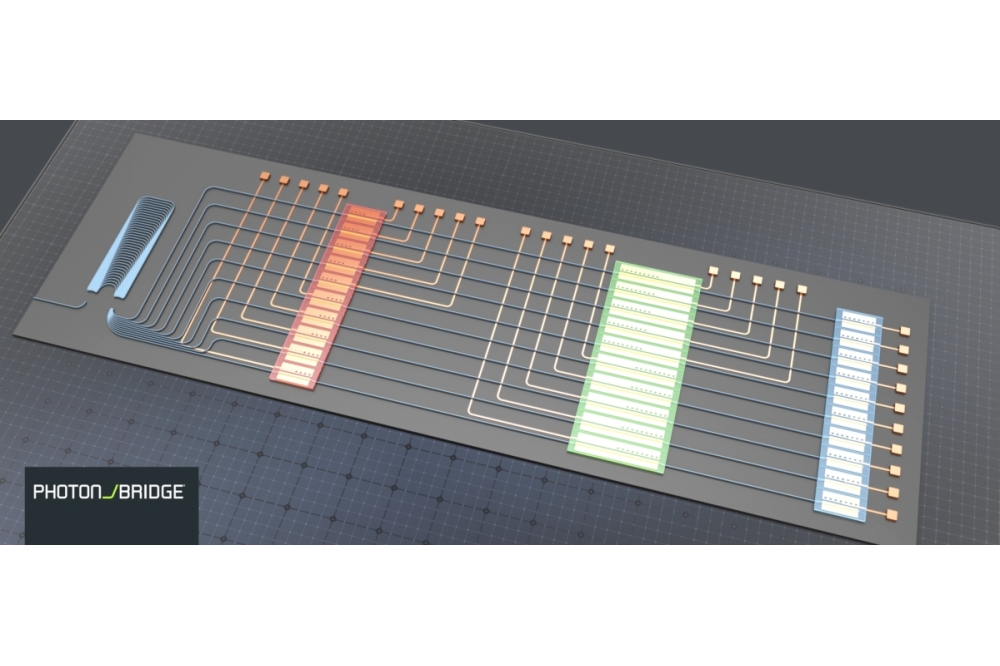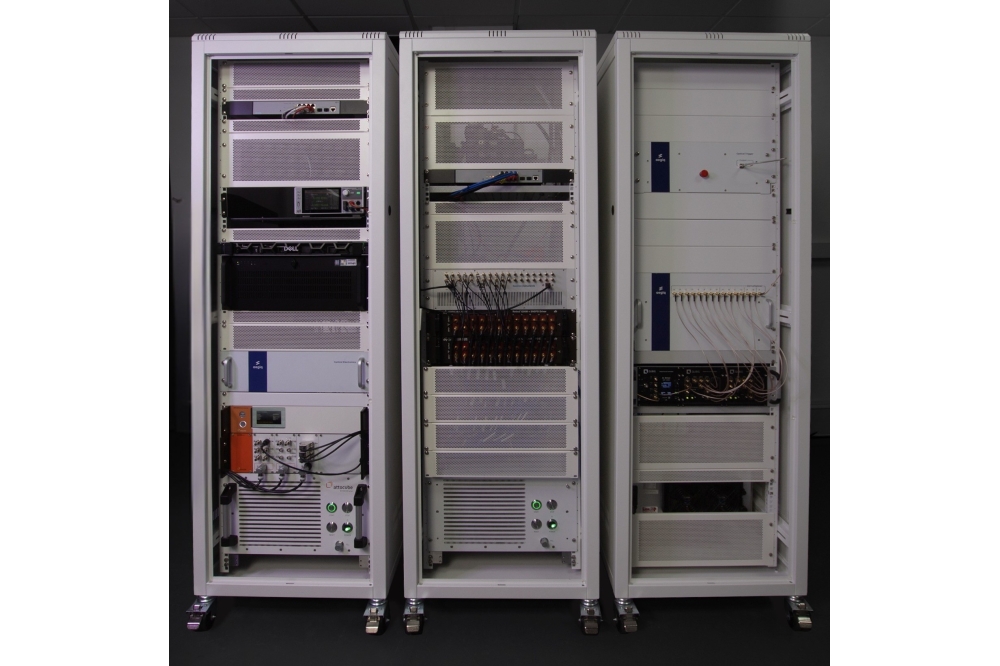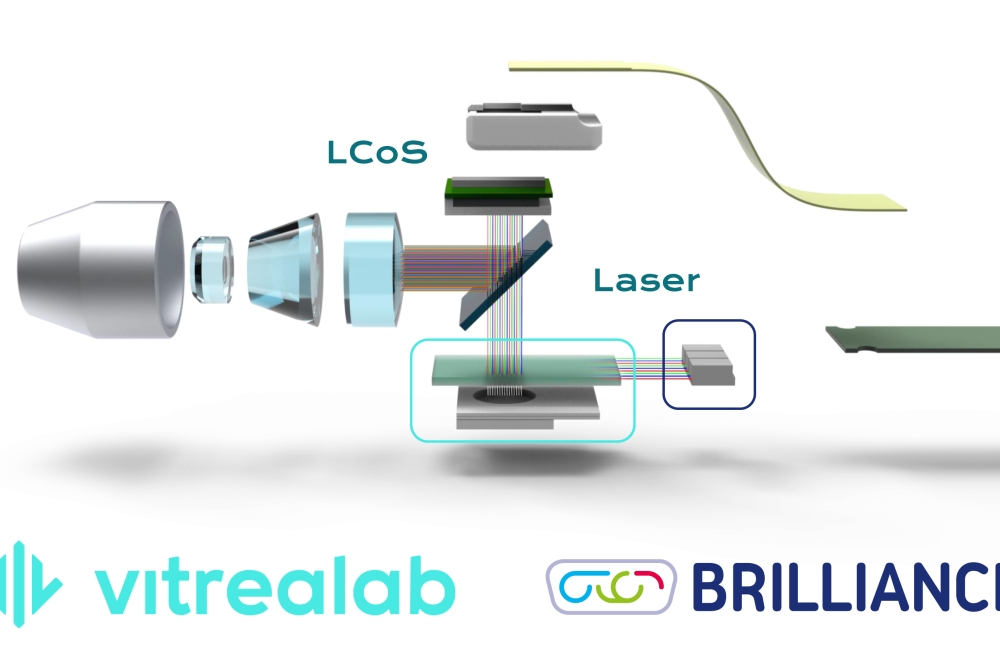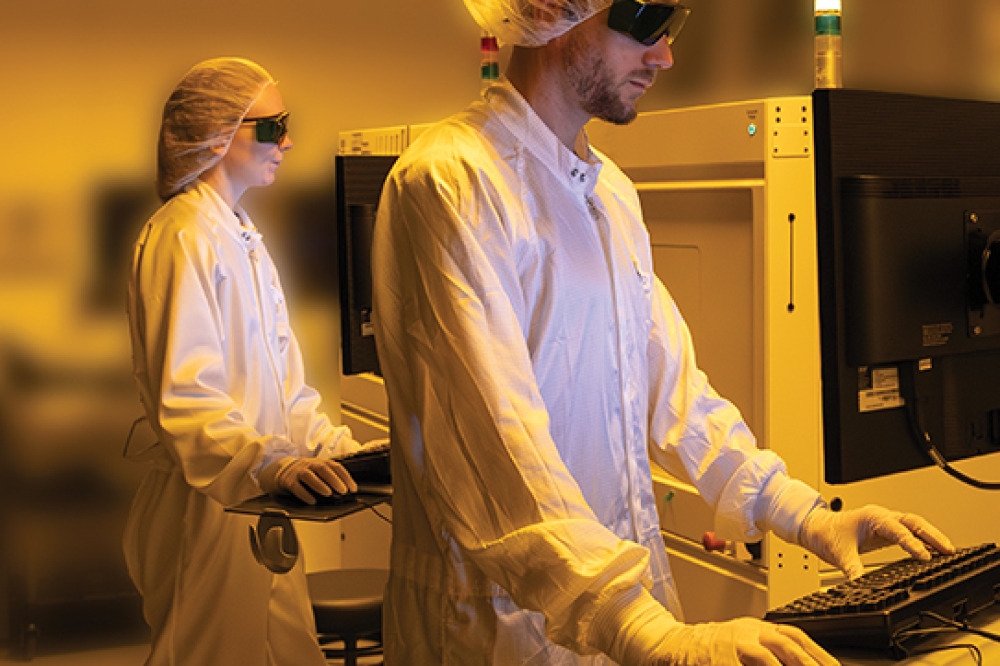Photon Bridge debuts tuneable laser PIC and partners with OE Solutions and PICadvanced

The company says its unique integration technology combines performance, scalability, and efficiency in a way no other platform can, adding that the new collaborations underscore both technology maturity and early market traction
Photon Bridge has announced the debut of its integrated tuneable laser PIC, powered by the company’s cantilever waveguide coupling technology. The device is the first commercial demonstration of Photon Bridge’s integration platform and will be used by OE Solutions as the laser engine inside its next-generation integrated tuneable laser assembly (ITLA) modules. Qualification is ongoing, with broader PIC sampling to additional customers anticipated in Q4 2025. Module sampling from OE Solutions is anticipated in Q2 2026.
Photon Bridge says that, unlike conventional approaches, its platform enables seamless combination of the optimal materials for each function – without restrictions on material choices – through a scalable, OSAT-compatible integration process. This flexibility allows the laser PIC to pair III-V gain and detection with low-loss silicon passive elements, all within a cost-efficient model ready for high-volume manufacturing, the company adds.
According to Photon Bridge, the new tuneable laser PIC integrates gain, SOA, filter, and wavemeter functions into a single device with a highly compact form factor. The company says samples already demonstrate linewidths below 100 kHz and full C-band tuning range, with product designs targeting a footprint of just 15 mm2, delivering a fully integrated, highly cost-effective solution for customers. Beyond ITLAs, the same integration platform is designed to scale toward compact, fully integrated coherent subsystems, aiming to enable a new class of miniaturised optical engines for both telecom and AI infrastructure.
Built on a silicon foundation, the platform also aims to provide a direct path to integrating coherent and coherent-lite long-range scale-across links into datacentre switches in a footprint compatible with co-packaged optics (CPO). Photon Bridge says this opens the door to next-generation switch architectures where advanced optical engines are natively embedded, maximising bandwidth density while minimising power and cost.
“AI datacentres are racing to scale-across massive GPU clusters, creating exploding demand for compact, energy-efficient tuneable lasers,” said Paul Marchal, CEO of Photon Bridge. “Our silicon-based integration platform is built for this moment – delivering the performance customers need today in ITLAs, while extending naturally to DWDM architectures, co-packaged optics (CPO) and fully integrated coherent links in next generation datacentre switches. Partnering with OE Solutions to bring this technology to market underscores both the strength of our platform and the credibility of our execution.”
Y.K. Park, CEO at OE Solutions, said: “Photon Bridge’s integration technology is a genuine breakthrough. The ability to combine the best materials without compromise – and to do so with a scalable, cost-efficient process – enables compact, high-performance ITLAs and next-generation coherent modules. We’re excited to be the first to bring this platform into commercial products.”
Collaboration with PICadvanced
Photon Bridge has also recently announced a collaboration with PICadvanced to showcase prototype transceivers built using its multi-material integrated photonics platform. The prototypes represent one of the first customer engagements using Photon Bridge’s cantilever waveguide coupling technology, which the company says underscores both technology maturity and early market traction.
In collaboration with PICadvanced, Photon Bridge’s PIC, incorporating a tuneable laser, modulators, and receive path, has been integrated into prototype pluggable transceivers targeting the passive optical networks (PON) market.
“We founded Photon Bridge to redefine photonic integration, and these prototypes with PICadvanced are a major validation of our technology and vision,” said Santos. “By combining III-V performance with silicon scalability, we’re enabling smaller, more powerful, and cost-effective transceivers that meet the growing bandwidth demands of telecom and AI systems.”
PICadvanced, a provider of advanced transceiver solutions, plans to leverage Photon Bridge’s PIC to evaluate and develop a highly competitive pluggable module, benefitting from the small size and high levels of integration made possible by Photon Bridge’s platform.
“Photon Bridge’s technology provides the integration density and performance required to advance the next generation of PON transceivers,” said António Teixeira, CSTO of PICadvanced. “We’re excited to be among the first to prototype this innovation, strengthening our ability to deliver cutting-edge solutions to our customers.”


































